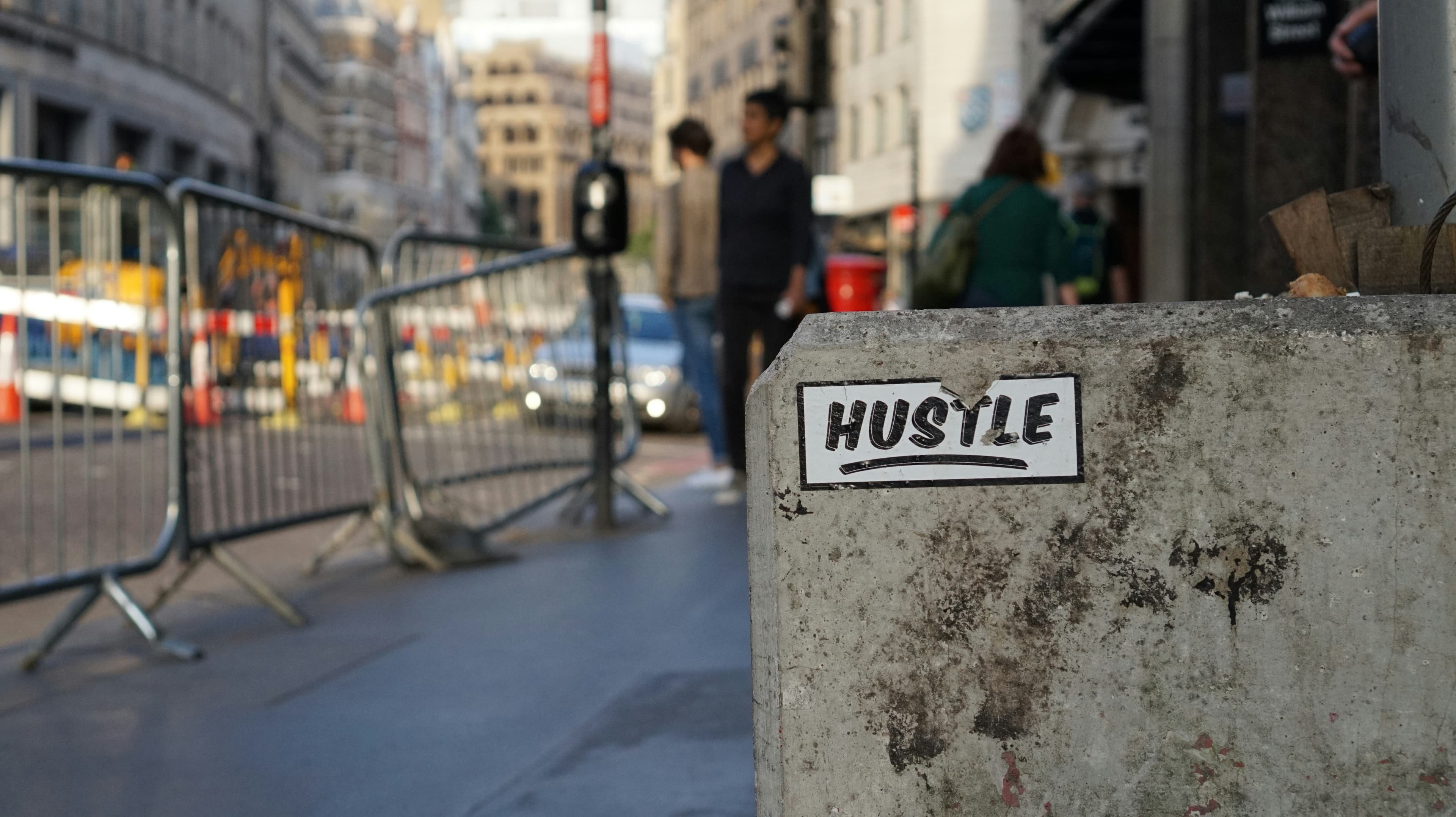How I Prep for Volatility in the Forex Market

It’s just after 4 a.m., and I’m already up. Today is shaping up to be a big one in the markets, with some serious volatility expected around 8:30 a.m., and I don't want to be late to the party. A strong cup of Earl Grey tea is helping me get dialed in as I get ready to scan the charts, maybe to make up for getting a late start yesterday.
My first look is at the EUR/USD. The 30-minute chart is starting to flatten out ahead of the main event, which is a good sign. But when I look closer at my Wave indicator, it’s not the smooth, sideways movement I prefer. It’s choppy and unsettled. When it comes to shorter time frames like the 30- and 60-minute charts, I’m pretty strict about wanting a clean setup. There are just too many opportunities in intraday to settle for a messy one. Call it being selective or sniper trading; either way, it’s all about waiting for the best possible opportunity.
Since the Wave is trying to level out, I'll check the 60-minute chart—this is why I track multiple time frames. Each one tells a slightly different story. The 60-minute chart gives me a much cleaner setup with a flatter Wave. The MACD histogram is flat for now, but it's not even 5 a.m. yet, so I'll keep an eye on it to see if it breaks. I’m not leaning toward taking a breakdown trade here because the support level is very close to 1.1900, which might not leave enough room for the price to move. I'll make the final call when I see how the break actually happens.
Scanning Other Currency Pairs
Next up is the Swissy (USD/CHF). Knowing that the 60-minute EUR/USD is moving sideways, it’s no surprise to see the USD/CHF doing the same. Still, I check all my time frames, and the 60-minute chart offers the best setup here as well. You might notice that the 2:00 a.m. and 3:00 a.m. candles broke the uptrend line’s support, but they did so without confirmation from the MACD histogram, making them invalid entries.
On days with high volatility, I usually find myself focusing on the 30- and 60-minute charts. It’s not that I ignore the longer-term 180 and 240 charts, but the shorter frames tend to position themselves better right before major news releases. They also offer shorter-term profit targets, which is better suited for these pre-report trades.
The GBP/USD is actually triggering a buy signal about four hours before the main event. However, a key rule is that there needs to be enough room for the price to run before hitting significant support or resistance. The pound is setting up just 20 pips away from resistance at the 1.7400 level. With the breakout level just under 1.7380, there isn’t much upside before we’d have to take initial profits around 1.7395. I don’t see a good reason to take this trade, especially since any move here would be similar to the potential euro trade.
That said, the pound does have something else to offer: a potential swing short entry on the 240-minute chart. The Wave is heading down, and even though some recent sideways action has softened its angle, it still qualifies as a swing setup. The problem is the trigger is at 1.7410, and I won’t short this pair above the 1.7400 psychological number. If the trigger price doesn’t change, my plan is this: once the price hits the Wave, I'll wait for it to dip back below 1.7400—specifically to 1.7395—and enter my short there. This lets me confirm the swing trade is triggered and then wait for a break of that key level. My stop-loss would be the middle or top line of the Wave, and the initial profit target is the horizontal support at 1.7326. That support level is solid, formed by three price touches all within a one-pip variance (1.7326, 1.7327, and 1.7326).
Finalizing a Trading Plan
Well before the market opens, I've identified three potential entries. I’ll need to re-check these charts to ensure the setups are still valid. Over on the USD/JPY, a short trade already confirmed on its 60-minute chart. I’m not going to chase it, but it was a good setup worth noting. Its stop-loss would need some extra room because of the breakdown's volatility, with the 0.500 Fibonacci level offering a good buffer.
The Canadian dollar has both its 30- and 60-minute charts moving sideways, but the 60-minute is setting up a short that has already confirmed. The breakdown at 1.1535 gives it about 30 pips of room before hitting the 1.1500 level. This is an aggressive entry because the Wave has only recently flattened out. I’m also not getting a clear direction on the U.S. dollar from the euro and Swissy yet. For this one-sided pattern, I’ll use the 1.1556 Fibonacci level for my stop-loss, putting it above recent highs and the 1.1550 psychological number. The risk is about 20 pips, and my profit target is 1.1505, giving me roughly a 1:1 risk-to-reward ratio. This is a crucial part of —understanding your risk before you enter.
As for the AUD/USD, it took off earlier, and there's no clean setup for me to jump in. The move higher seems to be leveling out its recent downtrend. This looks like a great non-trade, especially after a daily chart breakdown for the Aussie was not confirmed by the MACD histogram.
Executing Trades Before the Open
As we get closer to the main event, here’s my status: I’m short the 60-minute Canadian dollar, waiting for a bounce to short the 240-minute pound, and watching for a break on the 60-minute euro and Swissy.
Around 7:00 a.m., the euro makes a subtle move down. The MACD histogram had already turned negative, so the short is confirmed. However, the first support level is at 1.1900, meaning the profit target is around 1.1905. As I decided earlier, the limited profit potential makes this a pass for me. Besides, if the euro is showing weakness, the Swissy should be showing strength.
Sure enough, about 15 minutes later, the Swissy breaks resistance with MACD confirmation. The break occurred above the 1.3100 psychological level, which already makes it a better entry than the euro trade. I’ll use pivot points for my targets here. The breakout is happening at the R1 level, which is excellent secondary confirmation. My stop-loss will be just below the bottom line of the Wave, and my initial profit target is the R2 at 1.3160.
The Canadian dollar isn’t cooperating. The same U.S. dollar strength that’s pushing my Swissy trade higher is stopping me out of my Canadian dollar short at 1.1556. This is where you have to trust your charts. At the exact moment I’m stopped out of the 60-minute short, the 30-minute chart for the same pair is setting up a confirmed trade. It feels strange, but it takes time and experience to learn to recognize, react, and repeat. The new entry has multiple confirmations, so I’m in. I'll set my stop-loss based on the Wave and Fibonacci levels, with initial profit targets at the 0.250 and 0.000 Fib levels.
Just before the reports, the pound hits the trigger for my swing trade. The price touches 1.7410, and I immediately place a sell stop order at 1.7395, which gets filled as prices head lower. My stop is easily determined by the Wave, and my profit target is the support level at 1.7326.
The Reality of a Trading Day
At 8:30 a.m., the market injects its usual excitement. The Canadian dollar slices through its first profit target, and I trail my stop up to protect profits. The Swissy is pulling back a bit but is nowhere near my stop. The pound is also moving, and I'll manage its stop based on the 4-hour chart. My contingent orders are in place, so there's no need to be chained to my desk.
This brings me to the two questions I hear most often: do I get up at 2 a.m., and do I sit in front of my computer all day? The truth is, I value my sleep. I'm rarely in my office before 5 a.m. This is a job, and like any career, it requires you to be present to make money. It’s not an easy way to get rich. in the requires work, especially at the start. But I’m not staring at my screen all day. I focus on the London and New York overlap, and once London closes, I’m usually done. For those exploring , is not passive; it generates through dedicated effort and skill.








